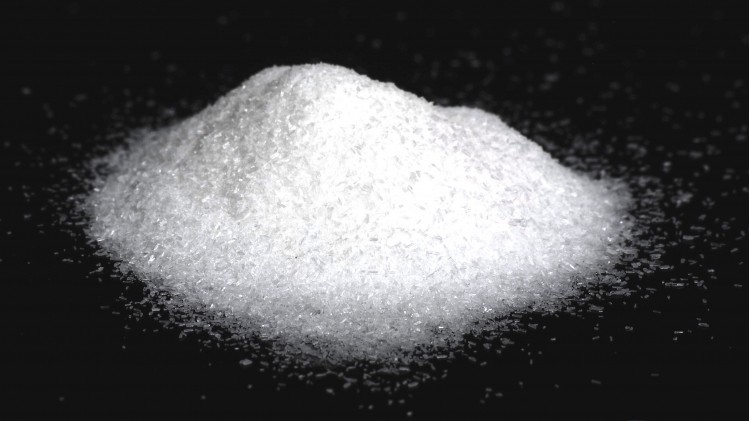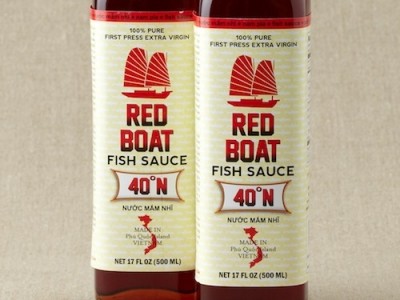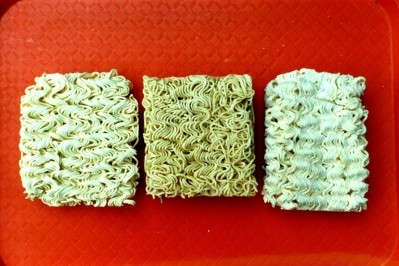China drives MSG growth both domestically and in exports

A report by analysts IHS found that China alone made up 55% of world consumption in 2014, and 65% of production. The country is also the world’s biggest exporter, sending nearly 44% of the world’s MSG to other countries.
Between 2014 and 2019, IHS estimates global demand will increase by almost 4% each year as it grows to nearly 3.9m tonnes. Southeast Asian countries and China, followed by other developing nations, will account for most of this increased demand.
“While many western consumers have mixed feelings about MSG, and there has been considerable debate on its use, for many consumers, particularly in developing countries, MSG is considered an affordable luxury,” said Marifaith Hackett, the report’s principal analyst.
“MSG is a mature product, so overall global growth is not huge, but this is still a major market for producers. China is the leading producer and consumer of MSG, but we are seeing considerable growth in Thailand, Indonesia, Vietnam, Brazil and Nigeria.”
The ingredient is widely used by food processors in convenience foods, snacks, canned soups, instant noodles, condiments and seasoning.
MSG is a staple ingredient in many Asian cuisines, though its use has grown significantly in China, where incomes are rising and more women are moving into the workforce.
“These factors, as well as improvements in living standards and expansion of the middle class, are big factors driving MSG consumption growth,” Hackett added.
“Busier lifestyles, increased urbanisation and changes in dietary patterns are driving greater demand for convenience foods, snacks and seasonings, which, in turn, will stimulate MSG consumption in these countries.”
A Japanese invention, MSG’s development was originally driven by the goal of improving poor Japanese diets more than a century ago. In 1908, Kikunae Ikeda, a Tokyo chemistry professor, sought to manufacture “a good, inexpensive seasoning to make bland, nutritious food tasty”.
He was the first to isolate glutamate from sea kelp, the primary ingredient in flavourful Japanese soup stocks.
In Japan, it is known as Ajinomoto, which is also the name of the company best known for producing MSG globally, though ionically, it no longer manufactures MSG in Japan, though domestic production of high-value-added seasoning blends using imported MSG continues.
Now the world’s second-largest MSG producer behind China’s Shandong Fufeng Group, Ajinomoto operates wholly and partly owned plants in Brazil, Peru, the US, France, Indonesia, Malaysia, Thailand and Vietnam.
Europe was responsible for just 3 percent of world MSG consumption in 2014, and growth is expected to be minimal as consumer preferences for foodstuffs that contain few or no additives are expected to restrain consumption growth in the region. In North America, the MSG story is much the same.
“MSG is the most recognised and highly debated food additive in the world,” said Hackett, “and the attitudes regarding its use are very different depending upon which socioeconomic groups or cultures are being polled. It is an interesting dynamic.
“There is a very strong East/West divide when it comes to views on MSG.”









